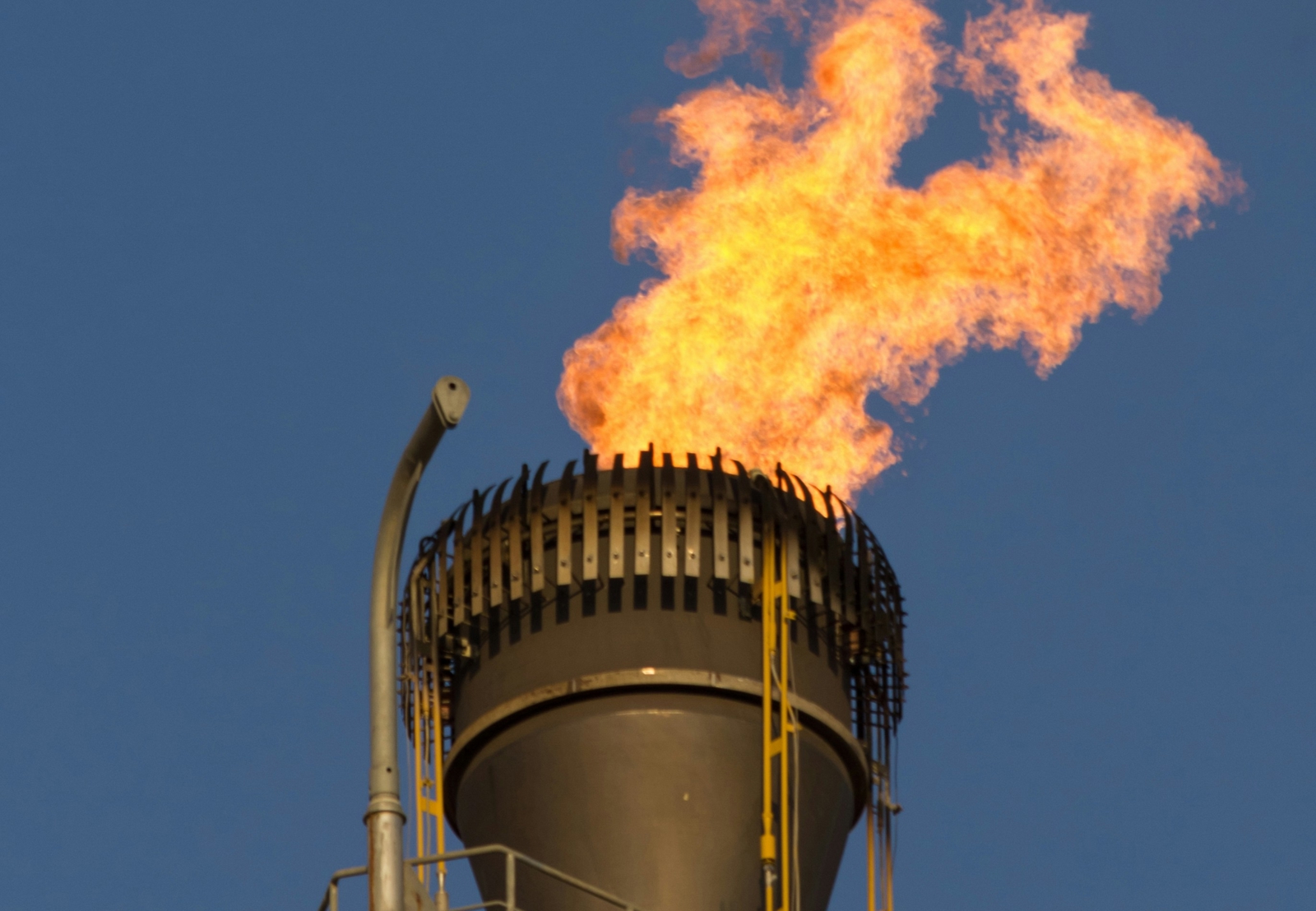
PLUME- Process for Locating and Understanding Methane Emissions
We are delighted to announce that NILU and KSAT with their project PLUME has been officially accepted into the Arctic Phi-Lab Norway.
PLUME stands for Process for Locating and Understanding Methane Emissions, and aims to deliver a multi mission methane solution that overcomes current limitations and gaps in the market to provide complementary and comprehensive information to support monitoring and insights. The focus on the Arctic region presents a challenge where limited research has come before as well as an opportunity to investigate this topic in this highly sensitive region.

WHY:
Using higher resolution satellites than just the publicly available sensors from ESA and NASA provide a higher granularity of detection and quantification. Methane emissions are not always detected using these lower resolution sensors so a higher granularity is required. While Methane can be released from natural and man-made sources, the method of detection is most efficient for point sources such as a chimney, a sub-surface mine entrance or a pipeline leak; diffuse emissions such as peat extraction, erupting pingoes or agriculture are more difficult and less accurate detections.
HOW:
Not every Earth Observing satellite can detect gases, it’s a relatively new capability at a resolution high enough to be significantly useful to scientists. There are an increasing number of satellites in orbit with this capability, some designed specifically for detecting Methane and some as a convenient coincidence. Also some of these satellites provide free and publicly available measurements and some are commercial entities. The UNEP's International Methane Emissions Observatory (IMEO) has an excellent Methane Alert and Response System (MARS) using free and publicly available data announced at COP27 in 2022. However, there is no system using the commercial, generally higher resolution, satellite information together into one seamless platform. It is PLUME's goal to fill this gap using as many commercial orbiting sensors as possible.
WHERE:
Most of the satellites are Polar orbiting and can observe all of the Earth's surface so we will be experimenting with imagery across the globe in different environments. However, the initial focus of the project will be in the cold North.
WHO:
NILU is a Norwegian, not-for-profit independent climate and environmental research institute founded in 1969. Since their formation over five decades ago NILU has become experts in air quality research allowing their processes, recommendations and information to be independent, competent and credible.

KSAT's Earth Observation department will use the extensive KSAT ground network to retrieve imagery from many satellites, including those that are capable of detecting Methane, process the imagery in-house and allow the dissemination of Near Real Time (NRT) Methane detecting and quantification.
This NILU-KSAT partnership will bring together the KSAT hardware and processing capabilities with NILU's world-leading research and evaluation of the resulting information.

TIMELINES:
The project has started in Q4 2025. Stage 1 is gathering potential user requirements and "nice to have's".
GET INVOLVED:
We shall update this page with news regularly but if you are involved in air quality or Methane emissions and would be interested in providing input to the requirements please contact us on how to do so.
Contact: Alastair Cannell, Earth Observation Specialist:
Read more about the ESA Arctic Phi Lab: Arctic Phi-lab